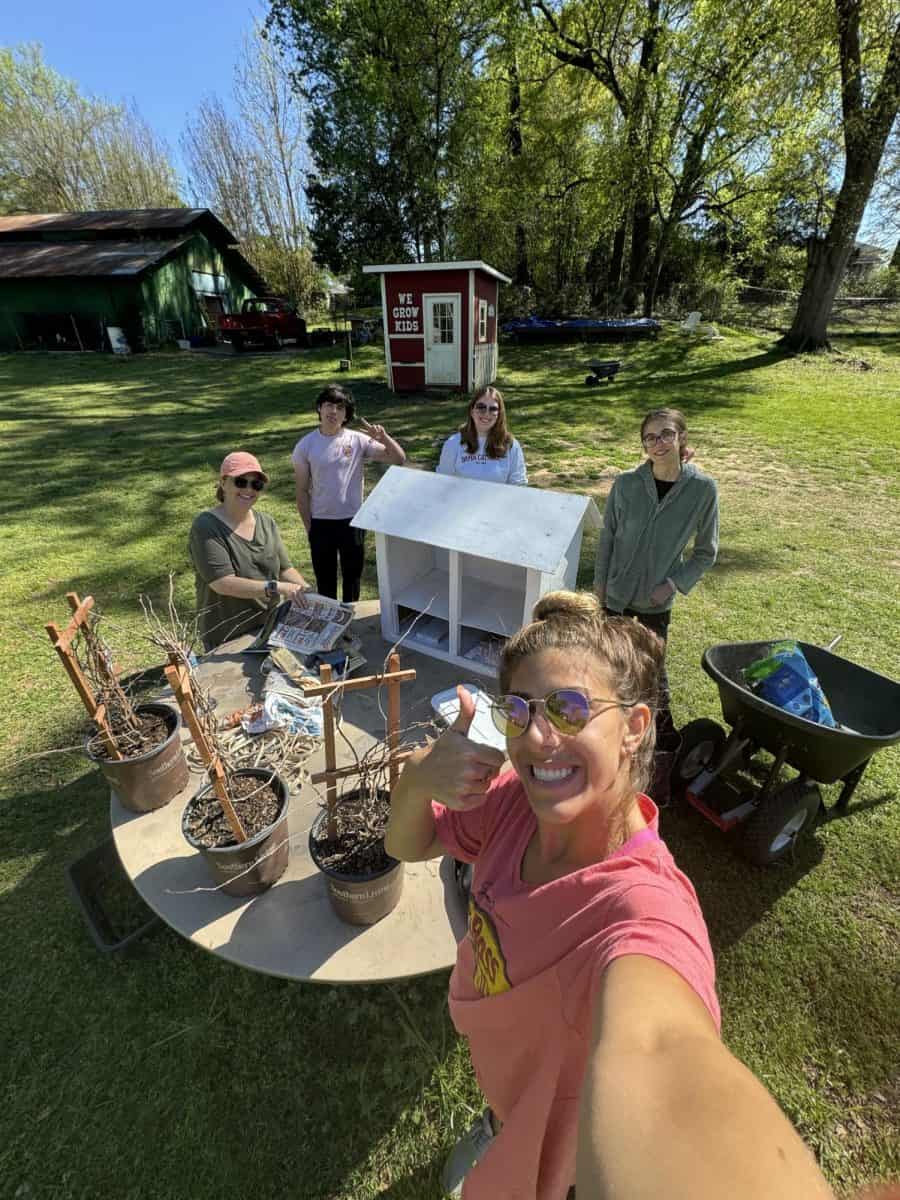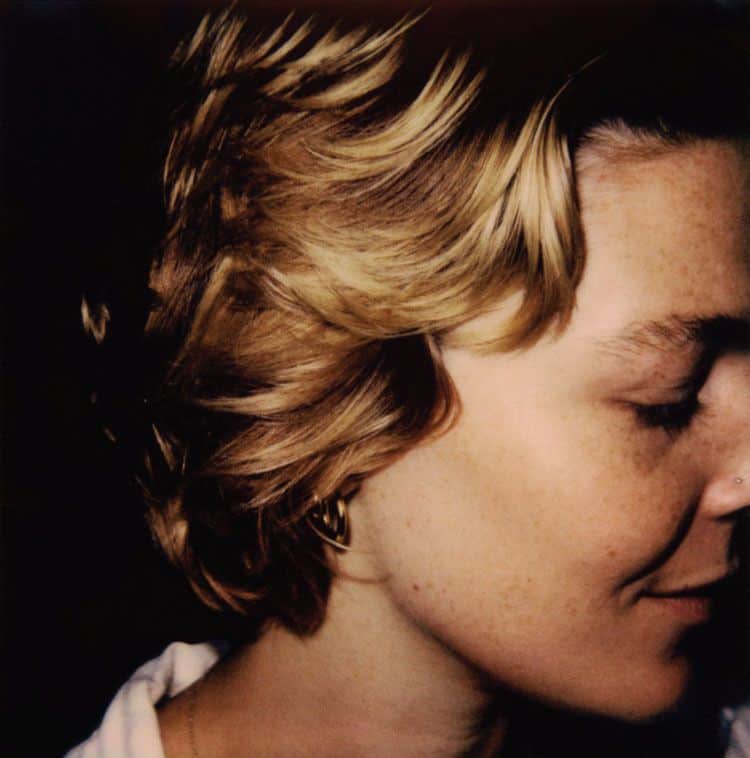There’s only one word that properly sums up the new Nickelodeon series “The Legend of Korra,” and that word is “awesome.” A sequel to the critically acclaimed and wildly popular “Avatar: The Last Airbender,” “Korra” had the unenviable job of both scrubbing away memories of an execrable live action movie and reminding people why they loved the original show in the first place. The show rises to the occasion magnificently.
“Korra,” like its predecessor, takes place in an Asian-influenced world made up of three nations: The Earth Kingdom, the Water tribes and the Fire Nation. Some skilled fighters in each country can harness one of the four elements through a Kung Fu discipline known as “bending.”
Only the Avatar can wield all four elements, and only the Avatar can keep the world in balance.
The show is set some 70 years after the events of the first series, and in that time, the world of Avatar has changed greatly. The conquered lands of the first series have been changed into the Republic of Nations, with its seat in the dazzling new metropolis of Republic City — a mixture of 1920s Shanghai and New York, complete with a great metal statue of the Avatar in the harbor.
Into this new world steps the new Avatar, Korra, a hotheaded girl who has traveled to the city to start her air-bending training with her longsuffering master, Tenzin. But Korra soon finds that she’s entered a powder keg. All is not well in Republic City: Police zeppelins patrol the skies, there is rampant homelessness and the cobbled streets are rife with organized crime. Worse, a populist revolution against bending simmers just under the surface, threatening the stability the previous Avatar worked so hard to create.
“The Legend of Korra” handles its complex plot with a light touch and a lot of momentum. The show has a jazzy tone to match its faux-1920s setting, and the pacing effortlessly switches gears between pulse-pounding action and screwball humor.
Korra is a marvelously well-realized protagonist, and watching her in action is a joy. Her rebelliousness and energy drive much of the plot of the premiere, and while aggressive characters can rapidly become annoying, Korra’s friendliness does much to keep her likable. Other characters are established with similar deftness: The eccentric Tenzin is a fun spin on the clichéd mentor role, and the bending brothers Mako and Bolin bounce off each other wonderfully with their respectively taciturn and cheerful attitudes. Compelling characterization is something the previous show excelled at, and if anything, the writers manage to up their game in the sequel.
It’s the action that is the biggest draw, of course, and “The Legend of Korra” delivers in spades. From the opening fire-bending fight to the MMA-like pro-bending matches, the choreography is brisk, inventive and exciting. The animation is equally gorgeous, matching feature film quality in many places, with expressive faces and stunning backgrounds. Korra looks good, and with actors like J.K Simmons and Lance Henrikson providing voice work, it sounds excellent, as well.
“Korra,” as it presently stands, has a good chance of being one of the best-animated series of all time. I can’t recommend it enough.






